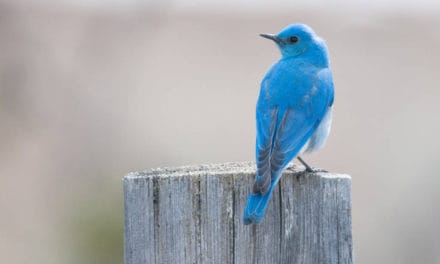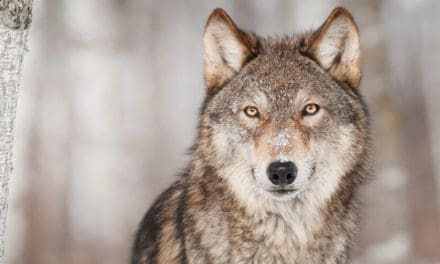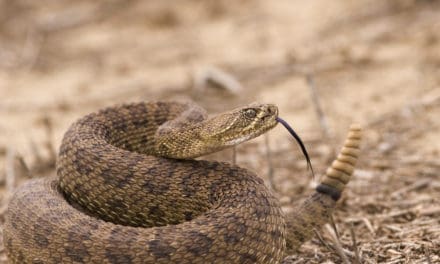Jim Moore Bug Guy
By Melissa Wynn
Photos Courtesy of Jim Moore
Since Westwood resident Jim Moore was a little boy he has been fascinated by bugs. Spiders, beetles, ants, dragonflies, damselflies, butterflies, moths and many others members of wild world of invertebrates have kept him asking “What is that?” for decades. Being the kind of guy that needs to know the answer, Jim began collecting bugs in bottles when he was in elementary school. In his teens this eager explorer of entomology (the study of insects) built his first display case. A true passion stands the test of time, and he still has that case, filled with specimens collected long ago, on display in his home.
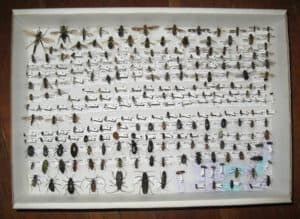
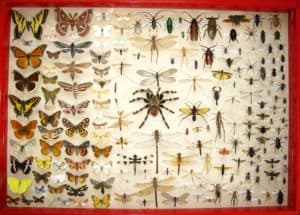
In the late 70’s Jim graduated from Cal Poly in San Luis Obispo with a degree in Biology and an Entomology minor. In 1982 he moved to Westwood with his lovely wife Emily and although his career took another path he continues collecting and researching bugs.
As he collects, Jim endeavors to correctly identify each and every bug. He began by posting photos of his specimens on BugGuide.net to be identified by experts. Some are quickly identified while others he sends to the Biodiversity Institute of Ontario for DNA sequencing.
On September 18, 2011 Jim caught a small moth by his front porch light and sent it to Ontario for testing. When the results came in Jim was thrilled to learn that he had captured a species never before recorded or identified. This little half inch moth was dubbed Nycteola n-sp. The n-sp stands for new species. There are other Nycteola moth species but Jim’s is a new discovery that hasn’t yet been assigned a common name. Perhaps they will call it the “Moore Moth” honoring Jim for the discovery.
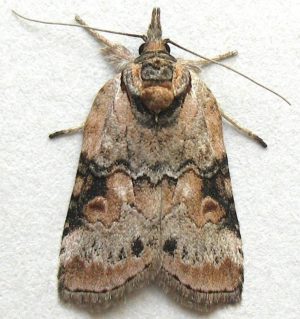
Jim has also sent in two species of beetle that were known but never before documented in California. Both are snout beetles, one native, and the other adventive. (There are two kinds non-native species. Adventive means they do no harm by moving in. Invasive means they do some kind of ecological damage to or endanger another species in their new home.)
The adventive beetle is native to Europe and called Glocianus punctiger. It hasn’t been assigned a common name but Jim calls it a Dandelion Snout Beetle since the larva feed on the seeds in the flower heads of these troublesome weeds.
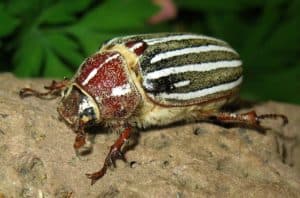
The native beetle, Sphenophorus cicatristriatus, is commonly named the Rocky Mountain Billbug. Jim found this new resident to California on June 25, 2012 in his own back yard in Westwood.
Sunny afternoons find Jim and his precious granddaughter Allena wandering around Mountain Meadow Reservoir( known to the locals as Walker Lake), jars in hand, in search of the next undocumented species or specimen missing from his extensive collection. What an enjoyable and educational way to spend some quality time.
Not only does our local bug guy share his passion with his family, he also occasionally hosts nature walks, inviting all with interest to join in the fun.
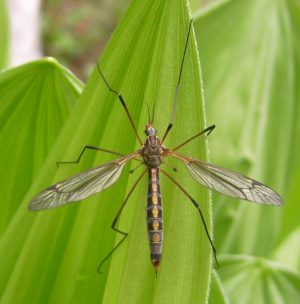
A few days after our informative interview my publisher and I found a large beetle in the parking lot while visiting Westwood’s Plumas Bank branch. We caught it in a water bottle and delivered it to Jim. He instantly knew it was a Ten-Lined June Beetle, photographed it and kept it for his collection. Although it is common in our area and we didn’t discover a species, it was great fun to learn what we had caught.
Jim’s collection includes hundreds of specimens and over 5000 photos. He has sent over 700 species to Ontario for testing and the numbers just keep growing. Most of his insect discoveries can be found on BugGuide.net along with descriptions and photos.
Although bugs are his main focus, Jim also enjoys studying all the local wildlife including birds, fish, lizards and bats. He has even begun branching out into plant life.
You can check out all that interests our friendly neighborhood biology buff on his website http://www.frontiernet.net/~jimnem/homepage.html With informative facts, pertinent links and stellar photos, you are sure to learn a lot about what exists in your own backyard.


